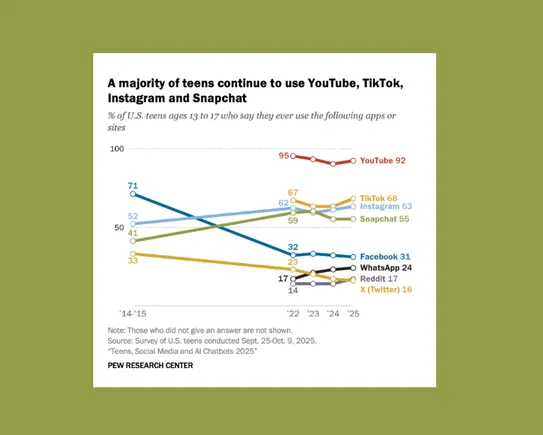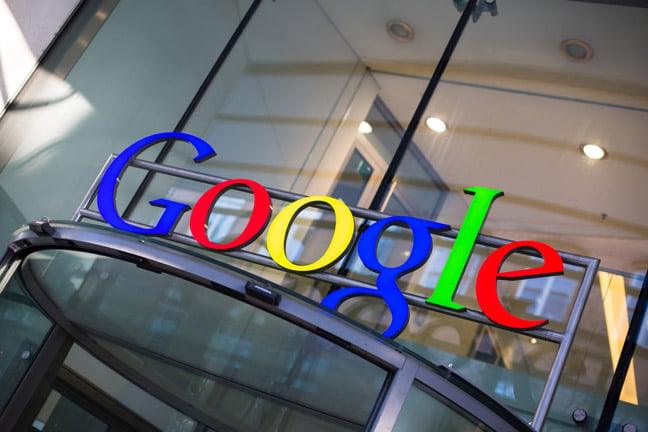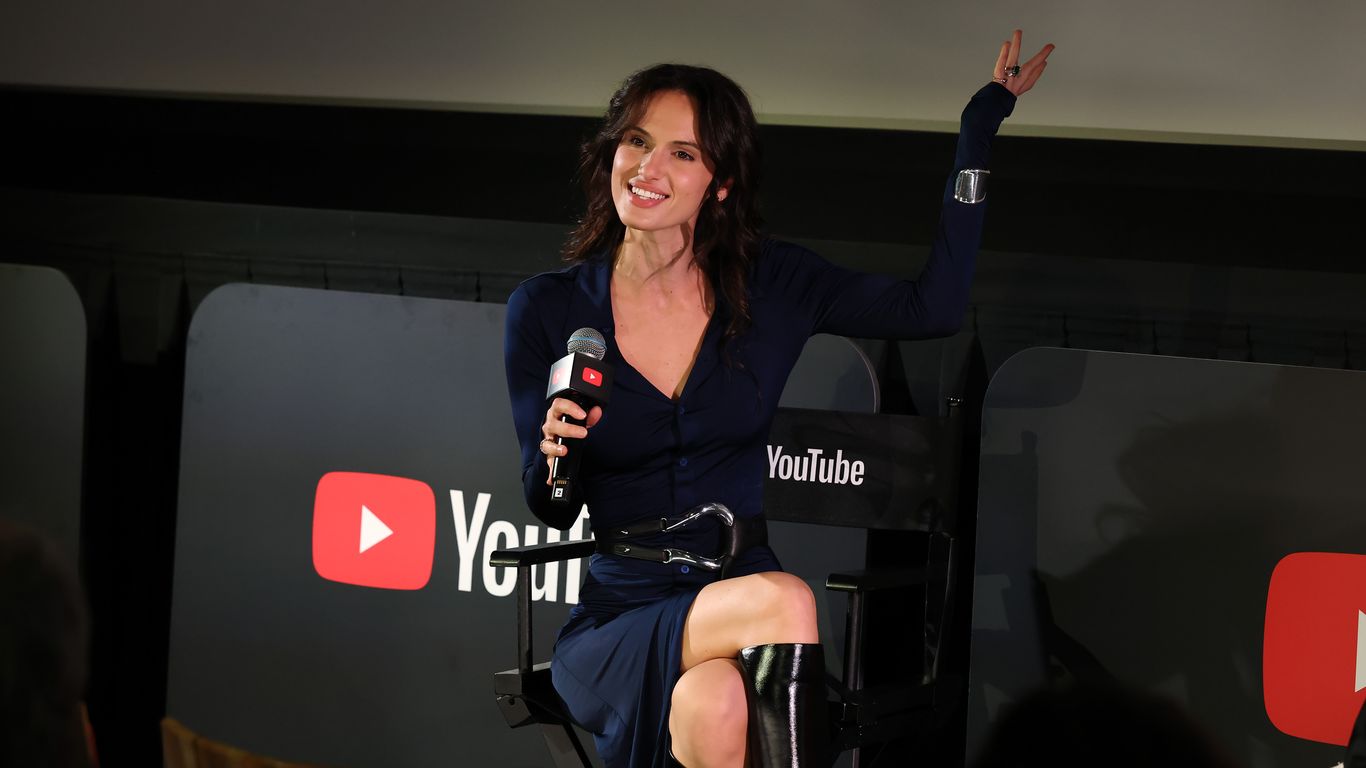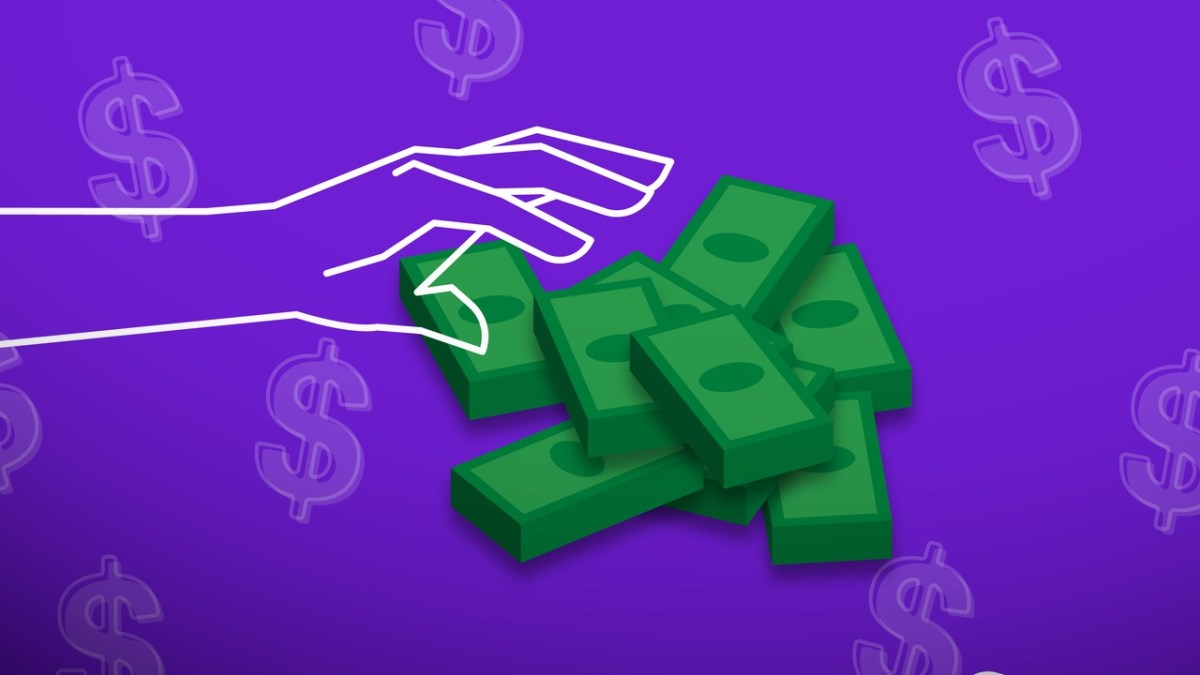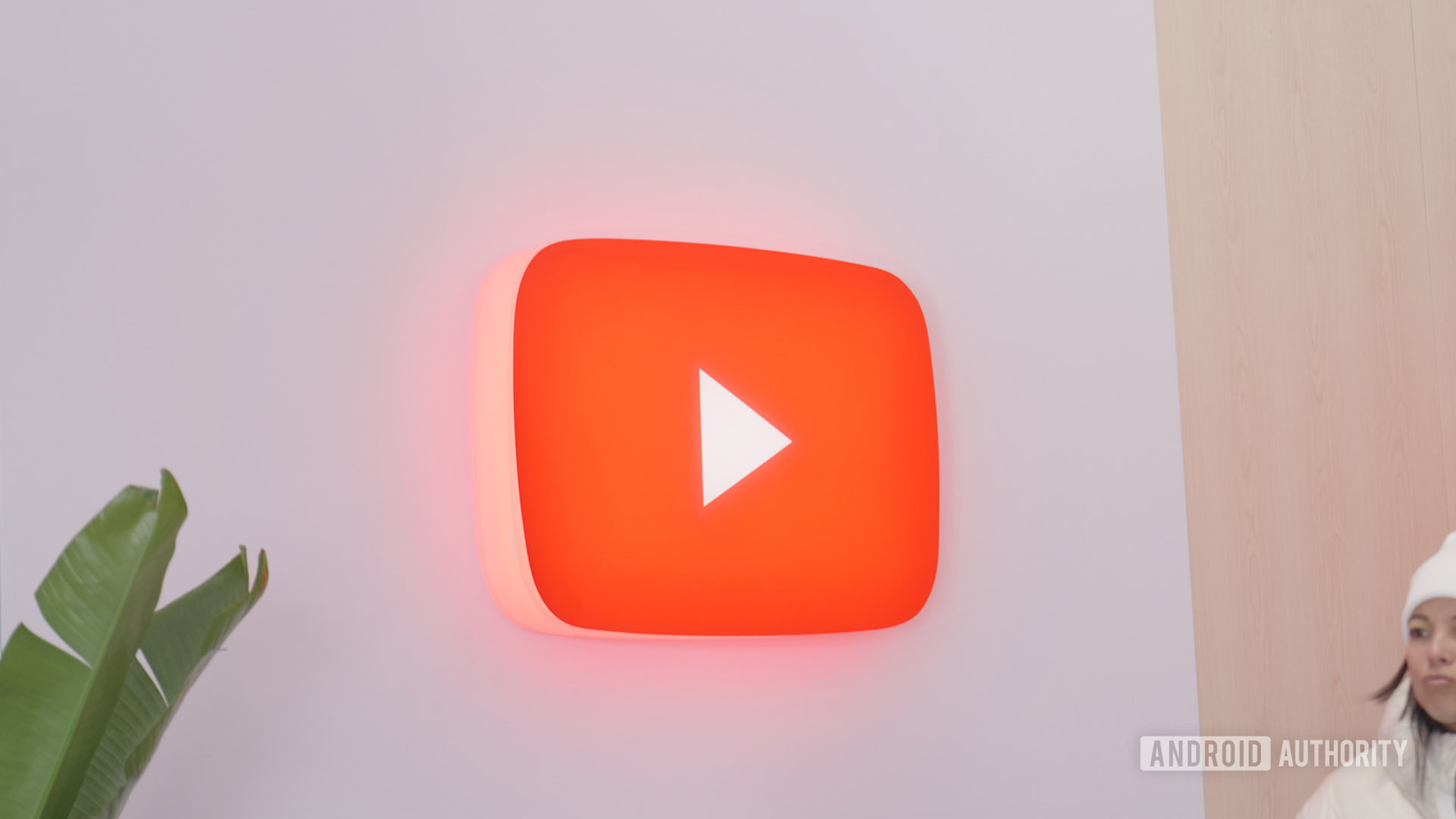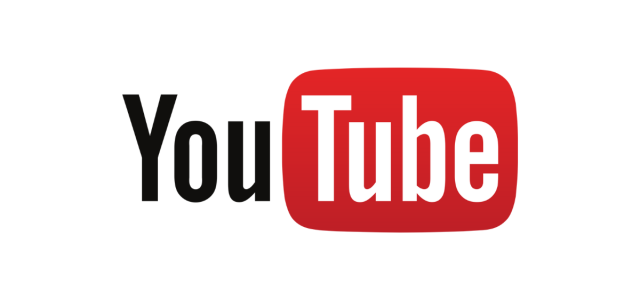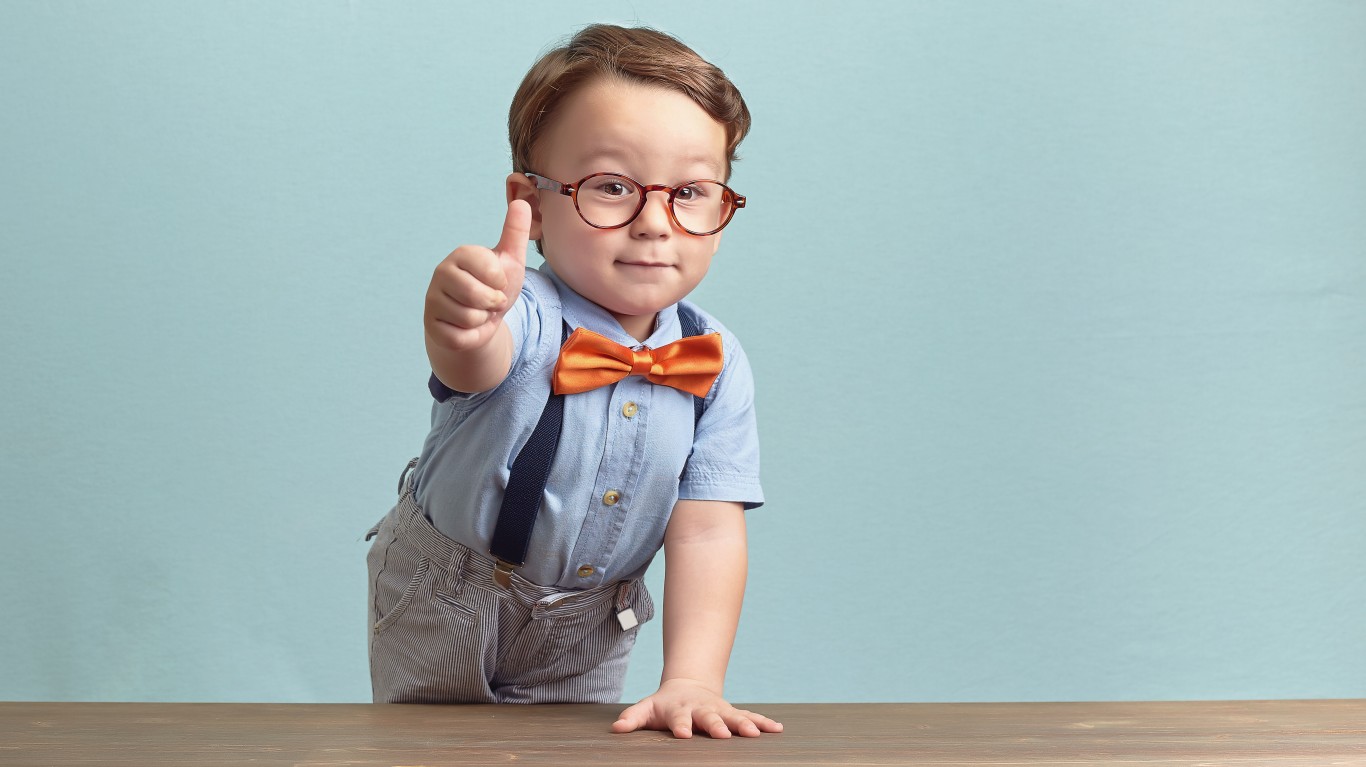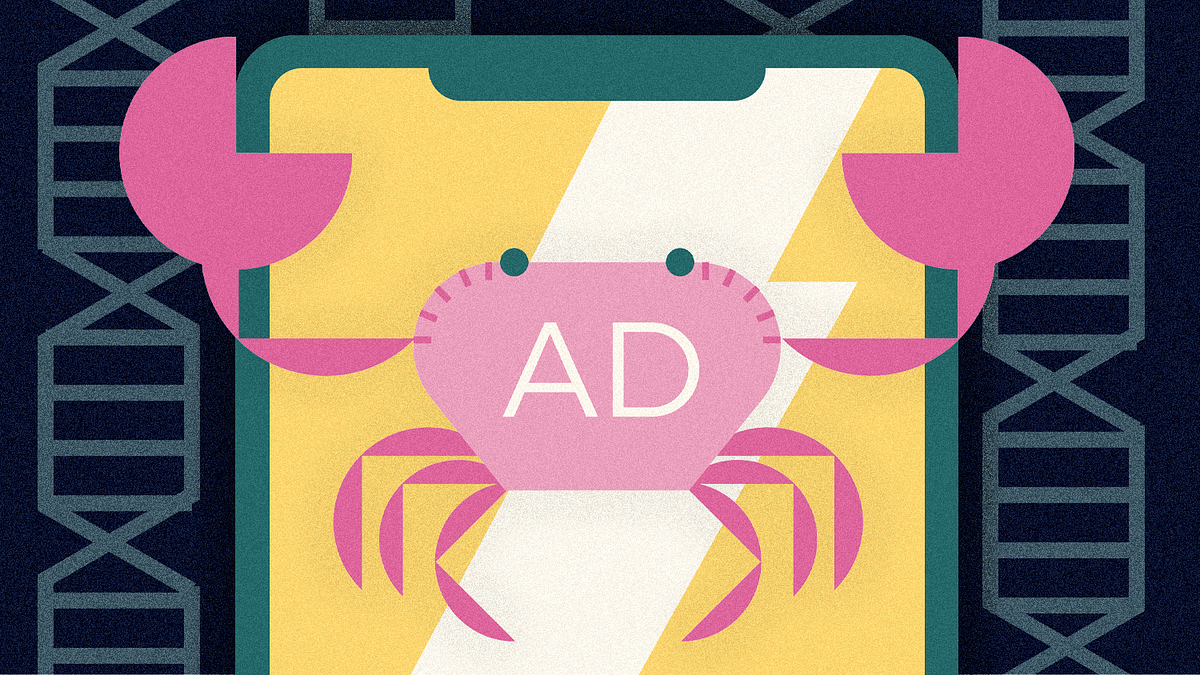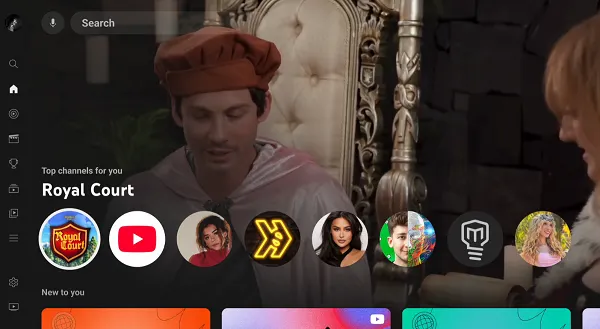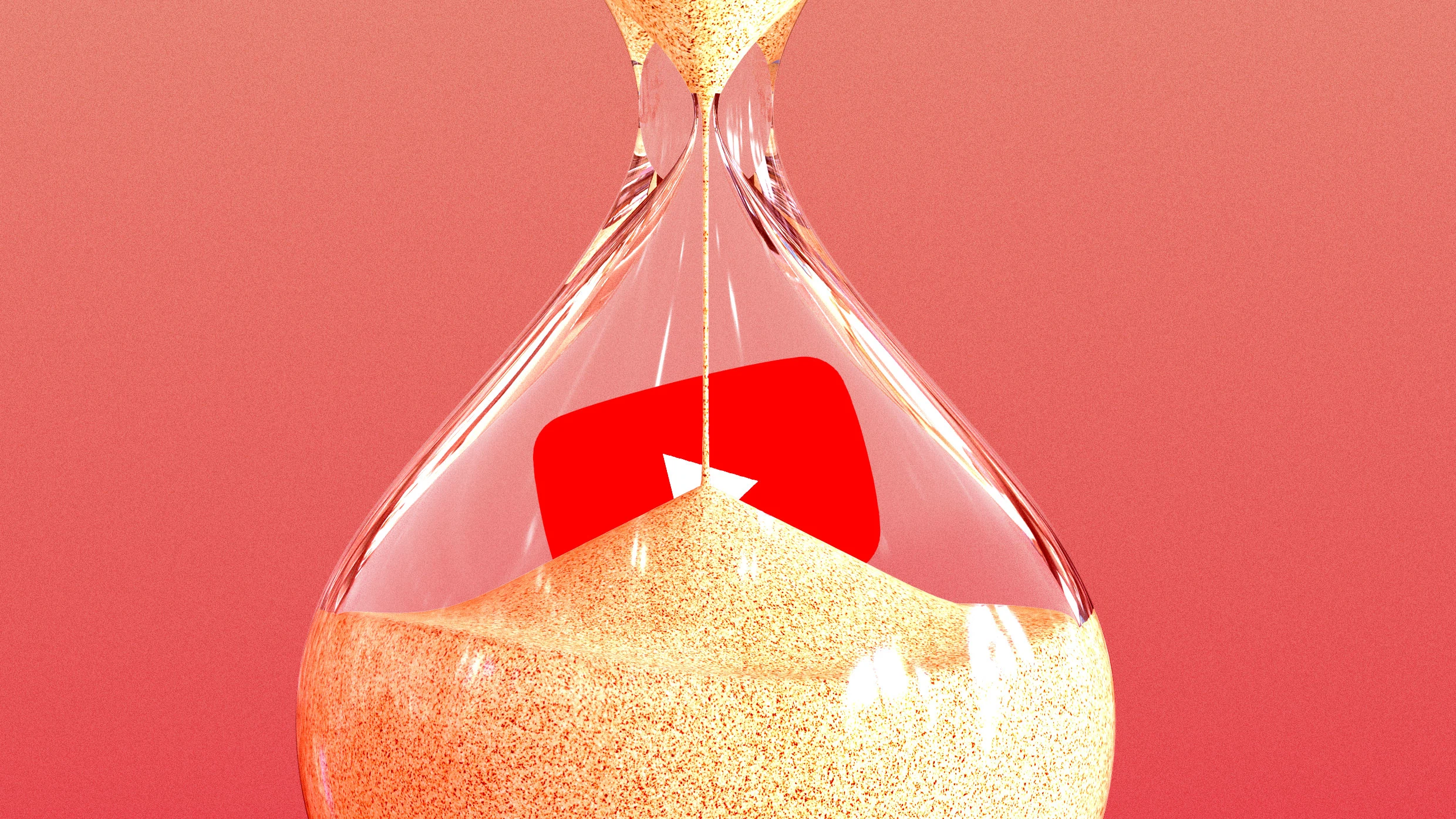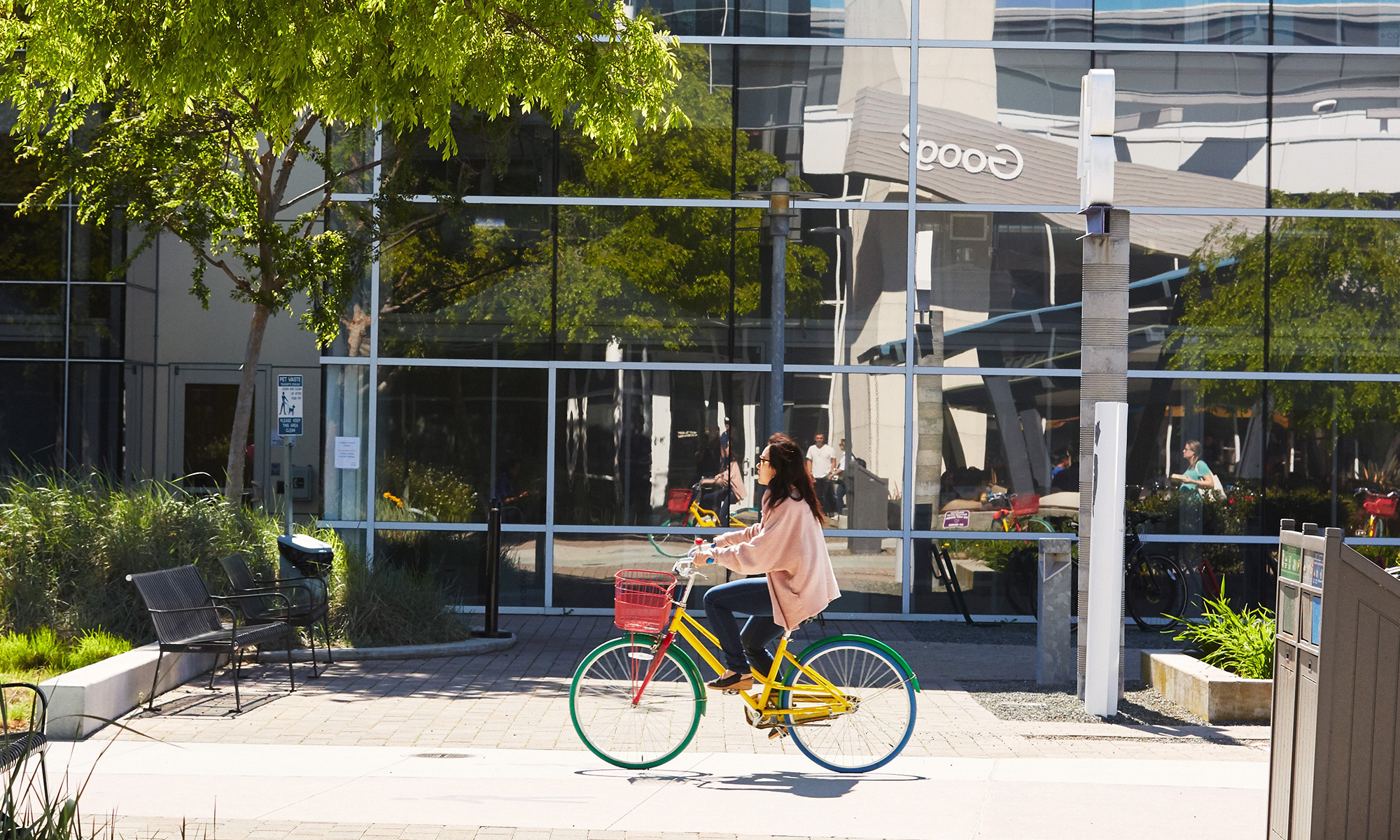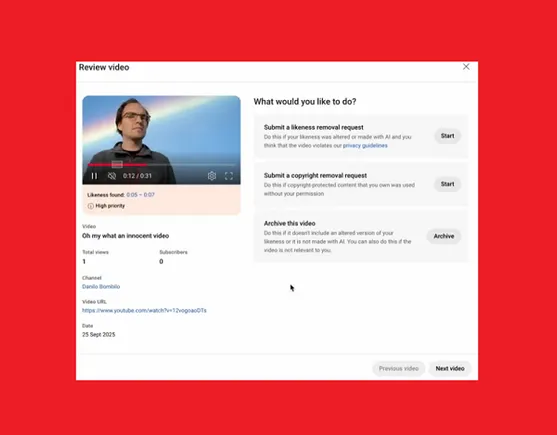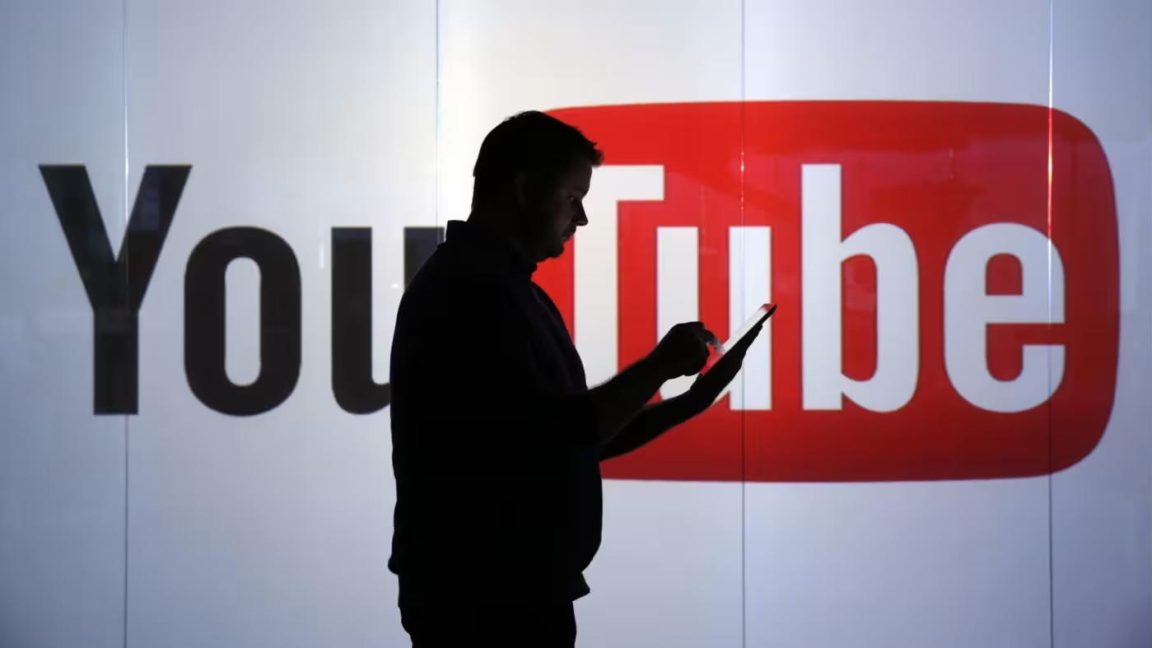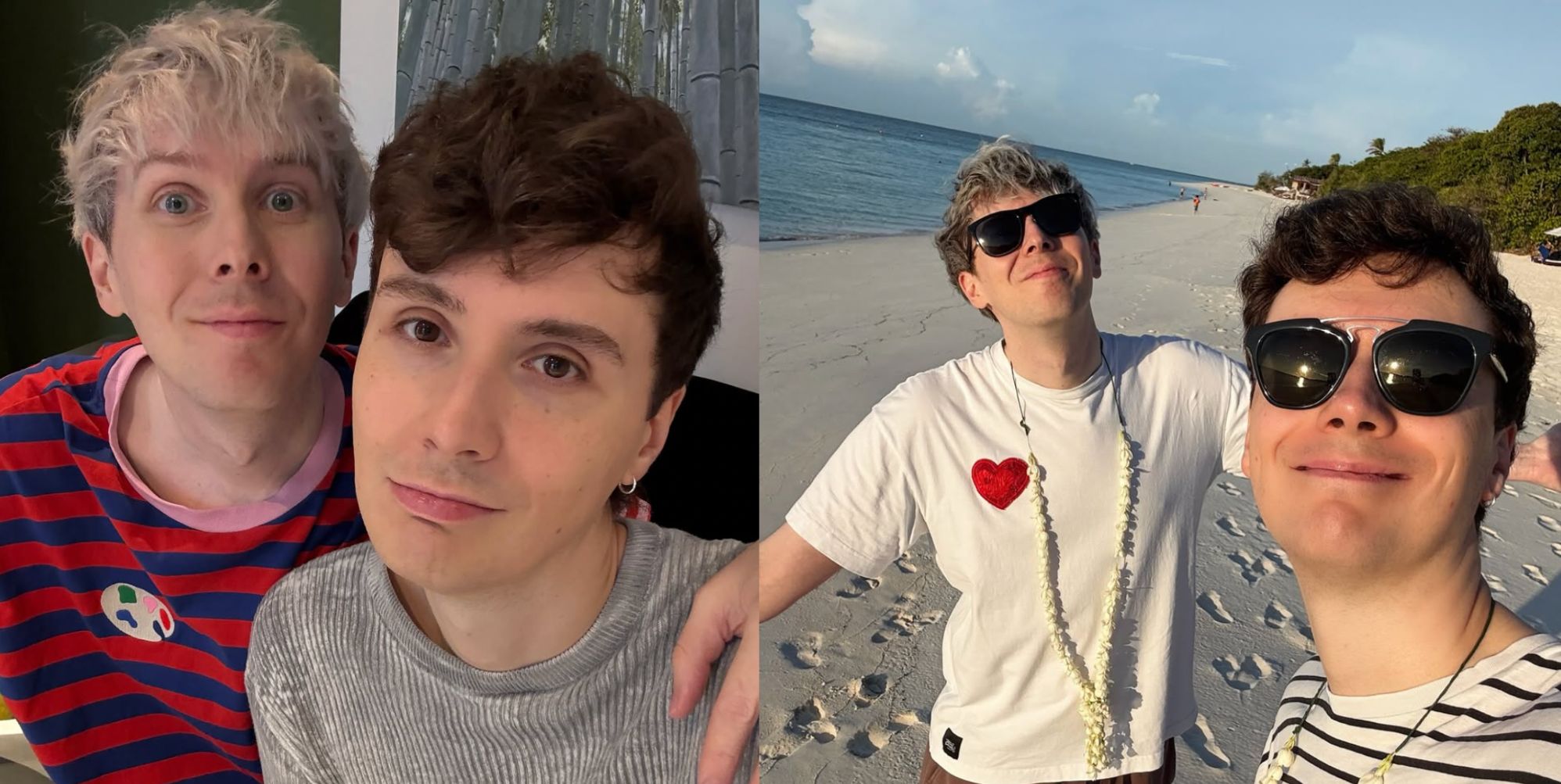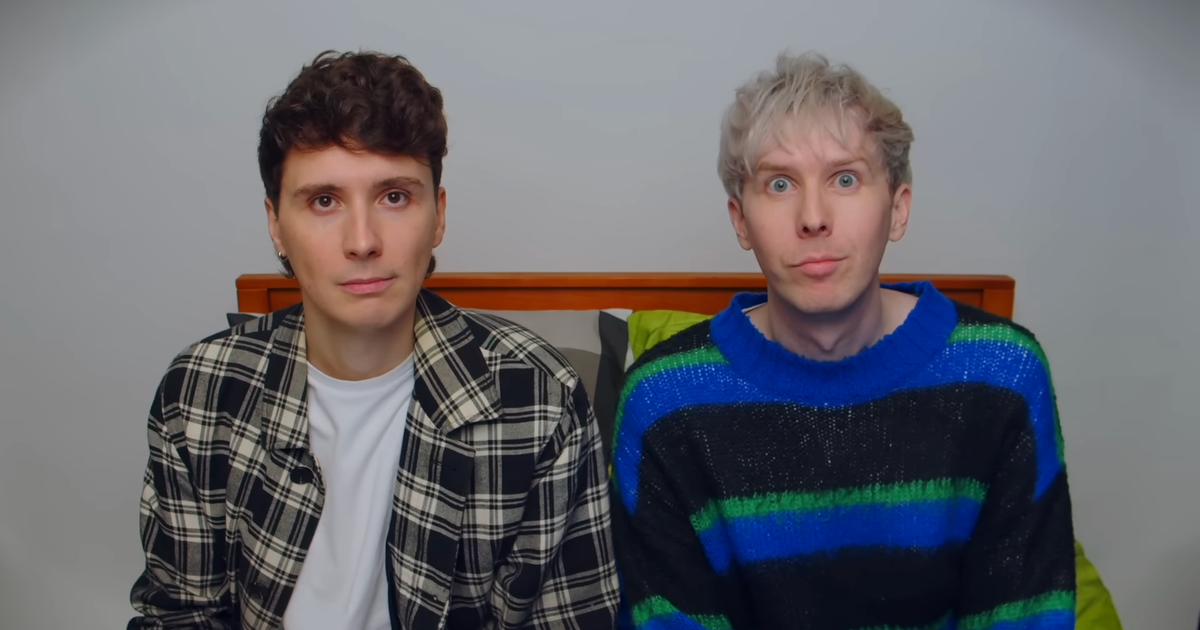#youtube
#youtube
[ follow ]
#creator-economy #social-media-usage #tiktok #age-demographics #enshittification #advertising #facebook
UK news
fromExchangewire
2 days agoDigest: More Brits Use YouTube than Google Search; Tencent Drops Out of Paramount's Warner Bros Bid; Cadent Acquires VuePlanner - ExchangeWire.com
UK adults average 4.5 hours online daily with YouTube at 51 minutes; Tencent withdrew from Paramount's Warner Bros bid; Cadent acquired VuePlanner.
Social media marketing
fromAwful Announcing
1 week agoWWE surpasses 100 billion lifetime views on YouTube channel; 12th channel to hit milestone
WWE leads sports media innovation by leveraging YouTube to build superstar brands, expand audience engagement, and generate significant revenue and viewership.
fromOpen Culture
1 week agoAn Immersive, ASMR-Style Look at Japanese Woodblock Printing
While not every Open Cul­ture read­er dreams of mov­ing to Japan and becom­ing a wood­block print­mak­er, it's a safe bet that at least a few of you enter­tain just such a fan­ta­sy from time to time. David Bull, a British-Born Cana­di­an who got his first expo­sure to the art of ukiyo‑e in his late twen­ties, actu­al­ly did it. Though he's been liv­ing in Japan and steadi­ly pur­su­ing his art there since 1986, only in recent years has he become known around the world.
Arts
fromSocial Media Today
2 weeks agoYouTube Expands Access to Gen AI Features, Adds Communities Features
YouTube's expanding access to some of its experimental generative AI features, while it's also got some new updates for Communities, as per this week's update. First off, on AI tools. YouTube says that it's expanding to various AI editing features, including standalone clips, green screen backgrounds, its "AI playground," and more. That could be an interesting addition, providing all new ways to create with YouTube's evolving AI tools, though YouTube has presumably also enacted restrictions on the use of such with copyright-protected characters and scenes.
Gadgets
fromSocial Media Today
2 weeks agoYouTube Expands Pre-Publish Checks to Cover More Violations
We know how much effort you put into your content, and that sometimes, Community Guidelines violations are unintentional. To help you avoid the frustration of a removal or strike, we've been testing a new feature that checks for some Community Guidelines violations in the video upload flow, similar to Copyright and Advertiser-friendly Guidelines checks.
Media industry
fromwww.amny.com
3 weeks agoSubway Oracle Morris Cornbread talks growing online through humor and connection | amNewYork
Morris Cornbread is the charismatic force behind one of New York City's most recognizable TikTok shows, Subway Oracle. Born and raised in Queens, Cornbread began his creative journey with pranks, subway stunts, and fortune teller bits, all recorded with friends on YouTube. He later moved to Instagram and TikTok before returning to YouTube with the Cornbread Show, a late-night-style talk show on the train.
New York City
fromTechCrunch
3 weeks agoYouTube tests an in-app private messaging feature again | TechCrunch
After YouTube discontinued its private messaging feature in 2019, the platform is now reintroducing this functionality for a select group of users. Users with access to the test are able to share videos directly on the mobile app, including long-form videos, Shorts, and even live streams. They'll be able to tap the Share button to open a full-screen chat within the app, allowing them to start a private one-on-one conversation or a group chat. Friends can reply with a video of their own, or simply type a response or use emojis.
Digital life
fromFast Company
3 weeks agoHere's how YouTube became the most-watched video provider in the U.S.
In its early days, the odds seemed good that YouTube was destined for failure. After a false start as a dating website, it wasn't clear whether the company could cover the cost of streaming video content, or avoid the fate of Napster, which was sued out of business for copyright infringement.
Tech industry
fromLondon Business News | Londonlovesbusiness.com
4 weeks agoThe five top video editors for YouTube creators in 2025 - London Business News | Londonlovesbusiness.com
Hey! You want to get noticed on YouTube. It's tough. Videos are uploaded every minute. You must have high-quality video. That's why you need a smart, quick workflow. This is not optional. It's your channel's foundation. Your best partner? A great YouTube video editor. This tool is your magic. It takes raw footage and builds a great, polished story. This hooks your viewers.
Gadgets
fromTechCrunch
1 month agoYouTubers aren't relying on ad revenue anymore - here's how some are diversifying | TechCrunch
However, many YouTubers have reduced their reliance on ad revenue and brand deals. There are several reasons for this shift. First, ad revenue can be unpredictable. With YouTube continually updating its policies, some creators find it challenging to secure ads for their videos, which can negatively impact their earnings. They've also realized that income from these streams can vanish unexpectedly.
Business
from9to5Google
1 month agoYouTube suddenly stopped loading for some users with ad blockers
That appears to be what's going on today. Earlier this morning, a spike on DownDetector made it seem as though YouTube was experiencing a partial outage, but users quickly found out that ad blockers were to blame. Affected users saw a mostly blank webpage when trying to load up YouTube, as pictured below. As would be the case with any outage, some users tried to access YouTube via other browsers and found that the platform started working again. The difference? Ad blockers.
Digital life
fromMashable
1 month ago5 big tech settlements you might be eligible for in 2025
There's hardly ever such a thing as truly free money. We pay for everything, in some way: with labor, with time, with suffering. So getting a payment from a tech or social media settlement isn't exactly free - it's likely the company messed up in some way and it legitimately owes you that cash - but it certainly can feel like getting free money. And if you're already using the tech or platform, then you might as well get paid for the issue.
Privacy professionals
fromInc
1 month agoThese Social Media and PR Firms Are Turning Influencer Marketing Into a Science
Influencer marketing can be a challenge for business owners. Working with content creators can be expensive, time-consuming, and-worst of all-risky. It's not uncommon for marketing teams to shell out thousands of dollars to influencers in exchange for social media posts that result in sparse engagement and shockingly few sales. Still, if done right, influencer marketing can help elevate a small business into a household name. Just this year, better-for-you soda brand Poppi sold to PepsiCo for $1.95 billion after blowing up on TikTok.
Marketing tech
fromSocial Media Today
1 month agoYouTube Provides Opt Out for Livestream Leaderboards
Originally announced back in July, YouTube's live leaderboards list the most engaged viewers within a broadcast, ranked by "XP," which is a cumulative score based on how many comments, Super Chat, Super Stickers, and/or gifts that each viewer has submitted during a stream. One of the main pieces of feedback we heard from creators is that you would like to be able to opt out of the leaderboard experience, either before or during a live stream. We're happy to share that this is now possible.
Digital life
fromAndroid Authority
1 month agoDid you watch YouTube growing up? You may be entitled to compensation
Kids watch a lot of YouTube. Google's keenly aware of that: It offers a version of the YouTube app that's explicitly made for children's content in YouTube Kids, and earlier this year, rolled out a controversial AI-based age estimation system to automatically flag accounts that may be used by minors. These measures are meant in part to help Google avoid legal trouble - like a 2019 class-action suit filed in California accusing Google and YouTube of violating privacy laws by collecting information about minors
Privacy professionals
fromABC7 San Francisco
1 month agoRemembering beloved chess grandmaster, Bay Area native Daniel Naroditsky
Daniel Naroditsky was raised in San Mateo County -- started as a child prodigy and quickly became one of the most influential voices in the chess world. "It's really a tragedy for the whole chess community," said Alex Robins, Chess Director at the Mechanics' Institute. People in the Bay Area chess community are heartbroken following the unexpected death of Daniel Naroditsky. "It's a huge loss. He played here as recently as about a year ago," said Robins.
Board games
Digital life
fromwww.theguardian.com
1 month agoI can't stop watching videos of people discovering Beds are Burning by Midnight Oil. Send help
First Time Hearing reaction videos exploit the attention economy, leveraging dramatic irony and viewers' smug pleasure to create addictive, long-viewing experiences.
Mental health
fromTechCrunch
1 month agoYouTube makes it easier for teens to find informative mental health content | TechCrunch
YouTube launched a dedicated teen mental-health section offering age-appropriate videos for 13–17-year-olds on depression, anxiety, ADHD, and eating disorders from reputable sources.
fromBusiness Insider
2 months agoLate night TV thrives on YouTube. Which is a problem for Jimmy Kimmel, and everyone else on late night TV.
I'm very conscious of the fact that ABC pays for the show, and YouTube pays nothing - and YouTube gets to sell it and keep half the money. That's quite a deal for them,
Television
[ Load more ]
